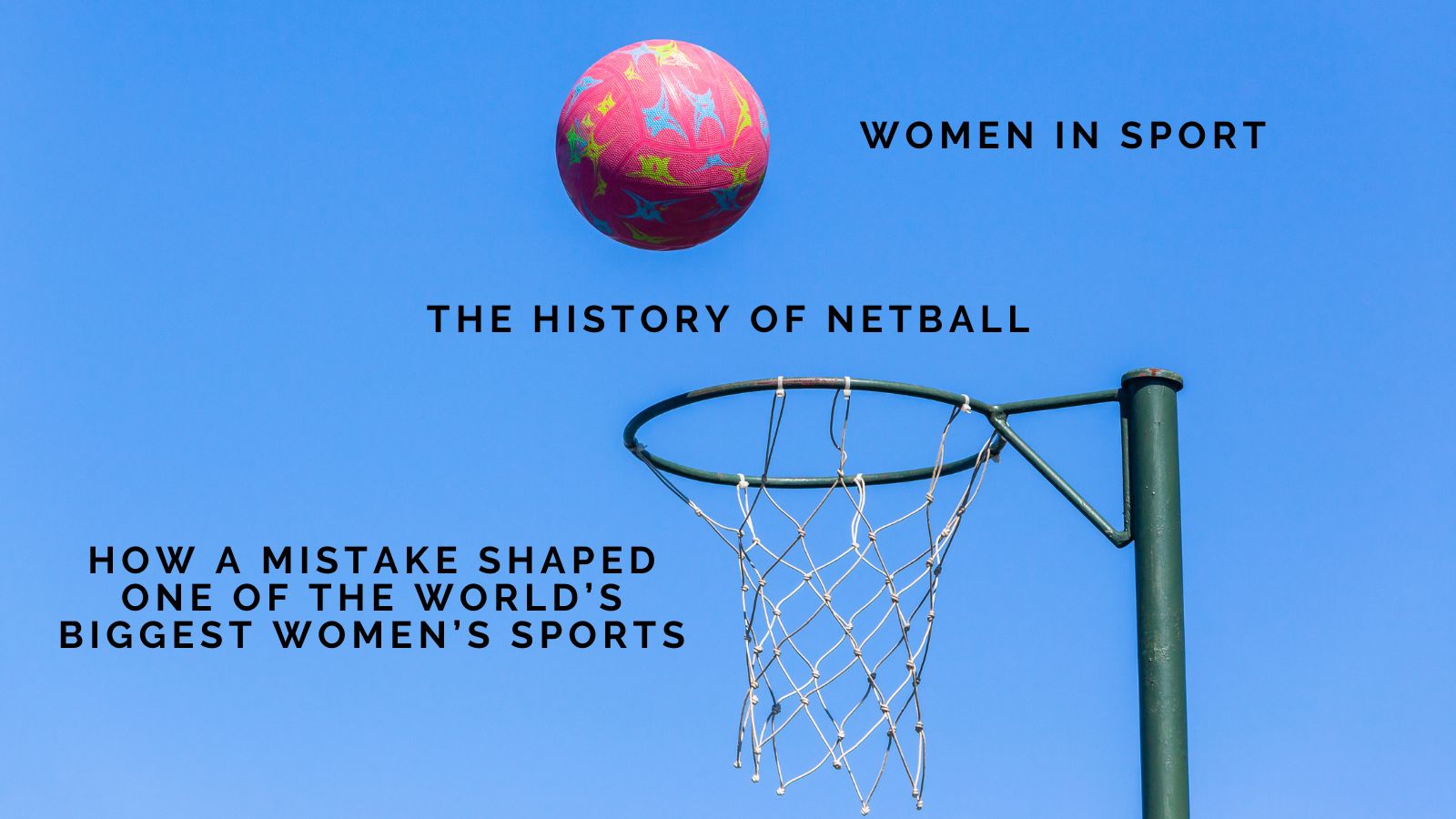
We have covered so many lauded sportswomen throughout the past hundred years and every single one of them deserves inclusion for their dedication, passion, fight against adversity, and the right to be called the greatest.
But every now and then quirks pop up that are just plain odd, and it is here where we find ourselves in the world of netball—a sport invented by a woman, specifically for women to play.
Basketball was created in 1891 by Canadian-born James Naismith, who published the rules the following year. These rules have been modified countless times since. Almost immediately, the game captured attention well beyond its original setting in Massachusetts.
That same year, Senda Berenson, a Russian-born physical education instructor at Smith College in Massachusetts, saw potential in the new game. At the time, organised group games for women were virtually unheard of, but Berenson wanted to change this. She adapted Naismith’s rules to make the sport more suitable for her female students, introducing elements that emphasised teamwork and moderation over rough play. Her version became popular almost overnight and laid the foundations for women’s basketball.
Meanwhile, in New Orleans, Clara Baer, another physical education instructor, heard about the exciting new game. Curious, she wrote to Naismith requesting a copy of his rules so she could introduce the sport to her own students.
Naismith kindly obliged and went to the effort of including hand-drawn diagrams of the court to illustrate positioning. And this is where the quirk begins.
The diagrams included boxes to show the areas of the court best suited to certain players for attack and defence. Baer, however, misinterpreted these markings. Instead of recognising them as tactical suggestions, she assumed they were restrictions—meaning players were not allowed to leave those areas.
Oddly enough, this misunderstanding was never corrected. In fact, these “restricted zones” were later formalised into the game’s official rules in 1899. What began as a simple misreading became one of the sport’s defining characteristics.
As the game spread throughout the world—sometimes under different names—these “incorrect” rules actually helped secure its place as a sport for women. By keeping players in specific zones, the game required less running and physical contact than basketball. This made it more acceptable in a period when society frowned upon women engaging in overly vigorous activity.
In a sense, Baer’s mistake made the sport more socially palatable. It looked different from the men’s version, it was orderly, and it preserved women’s “decorum” while still allowing them to compete. What might have been dismissed as unsuitable for women instead flourished.
From that quirky misunderstanding grew netball, a sport played by over 20 million people worldwide today. It is most popular in Commonwealth countries such as England, Australia, New Zealand, Jamaica, and South Africa.
Internationally, the game is governed by World Netball (formerly the International Federation of Netball Associations), and major competitions include the Netball World Cup, the Commonwealth Games, and the Fast5 Netball World Series. The sport has also been steadily growing at grassroots level in countries where it was once virtually unknown.
Despite its accidental birth, netball is now celebrated for the speed, skill, and strategy it demands. It is a sport of precision passing, sharp decision-making, and constant teamwork. Players train with the same level of athletic discipline as their counterparts in other professional sports, and the game enjoys dedicated fanbases and television coverage around the globe.
A female-centred sport, derived almost accidentally from a brand new “all-inclusive” sport invented over 130 years ago, has not only survived but thrived. What started with Naismith’s bouncing ball, Berenson’s adaptations, and Baer’s misinterpretation has grown into one of the world’s most enduring women’s sports, with international championships, professional leagues, and millions of players of all ages.
Netball’s story is a reminder that sometimes quirks—and even mistakes—can create legacies far greater than originally intended.
_(26).jpg)







